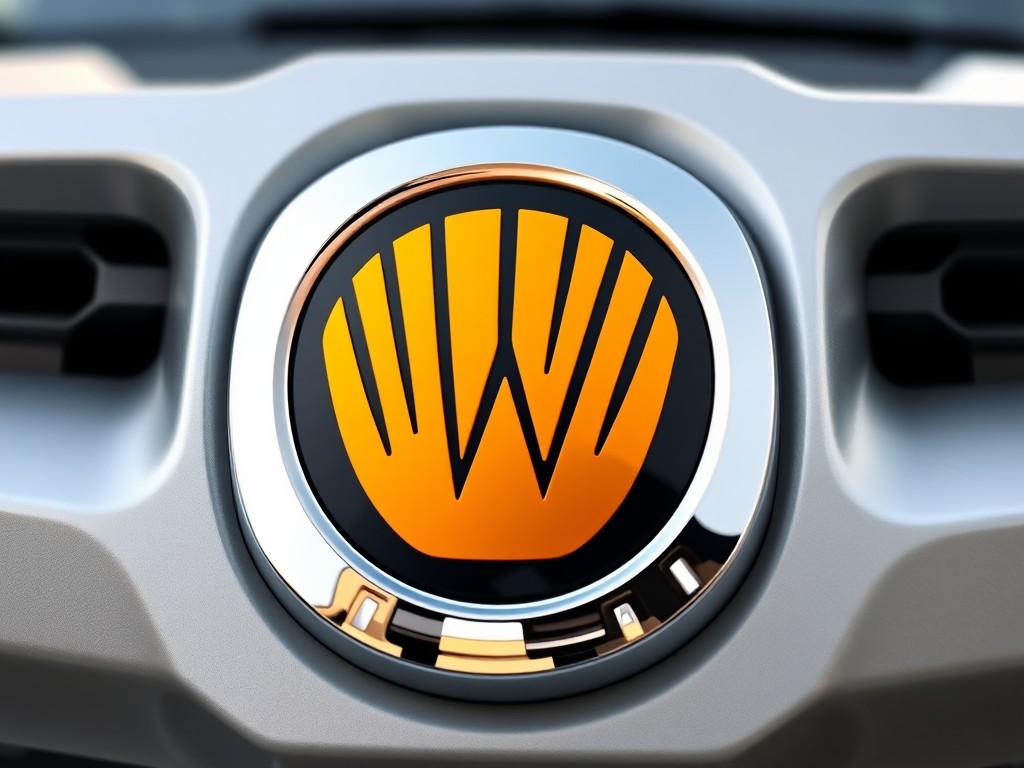Automobiles are a crucial part of our life; they get us where we need to go, they shape our commutes and their components, including the batteries, are filled with materials that can be hazardous if not disposed of properly. When it’s time to say goodbye to your old car or replace its components, you may find yourself wondering, “How can I dispose of these parts in a safe and environmentally friendly way?” This article will guide you through the process of proper disposal and recycling of vehicle batteries and parts.
The Importance of Proper Battery Disposal
Car batteries, especially those that contain lead-acid, pose a significant environmental risk if not disposed of properly. These batteries contain heavy metals and toxic chemicals that can leak into the soil, water and air, causing serious environmental and health hazards.
Have you seen this : Essential Tips for Maintaining Your Electric Power Steering System and Preventing Sudden Breakdowns
The Hazards of Improper Disposal
Lead-acid batteries used in cars contain a mixture of lead and sulphuric acid. Lead is a toxic metal that can cause health issues like neurological damage and kidney disease. Acid can cause burns and is harmful to many forms of wildlife. If these batteries end up in a landfill, these toxic materials can leach out and contaminate the soil and groundwater.
Lithium-Ion Batteries and Disposal Risks
In modern times, more and more vehicles are using lithium-ion batteries due to their energy efficiency. Although they are considered less hazardous than lead-acid batteries, they still pose significant disposal challenges. Lithium-ion batteries are flammable and can cause fires in waste facilities. Moreover, improper disposal means the valuable metals within them aren’t being recycled.
Also read : Is it safe to use retreaded tires on a passenger vehicle?
Recycling Car Batteries: A Solution for the Environment
Fortunately, there are ways to safely dispose of car batteries that can help protect the environment. Recycling is the most effective method for this. Over 90% of the components in a lead-acid battery can be recycled, including the lead, plastic, and acid. Plus, lithium-ion batteries can also be recycled, allowing for the valuable metals inside to be reused.
Collection and Recycling Process
The first step in recycling batteries is to find a collection site. Many auto parts stores, recycling centers, and waste disposal sites will accept old batteries for recycling. They will then ship these batteries to a recycling facility.
At the recycling facility, the batteries are broken down into their components. Lead-acid batteries will have the lead separated from the acid and plastic. The lead is melted down and purified for reuse. The acid can be converted into water that is treated and released safely into the environment or converted into sodium sulfate, a substance used in laundry detergent, glass, and textiles. The plastic is also recycled into new battery cases.
For lithium-ion batteries, they are typically shredded or hammered flat, then the metals inside, such as cobalt, lithium, and nickel, are separated for reuse.
Recycling Auto Parts: The Larger Picture
The importance of recycling doesn’t stop at batteries. Other parts of your vehicle can and should also be recycled. This includes tires, metal parts, oil, and more. By recycling these materials, we can conserve resources and reduce the amount of waste sent to landfills.
Where to Recycle Auto Parts
Many auto parts stores and scrapyards will accept used car parts for recycling. Some may even pay for these materials. Before you dispose of any auto parts, call around to find the best option for you. Remember: recycling isn’t just about being environmentally friendly – it can also be economically beneficial.
What Happens to Recycled Auto Parts
Auto parts like tires and metal parts are typically shredded into small pieces, then separated into their constituent materials for recycling. Metals are melted down for reuse, while rubber from tires can be used to create new rubber products, fuel, or even materials for roads and playgrounds. Used motor oil can be cleaned and reused, and even windshields can be recycled, with the glass being used in concrete or asphalt.
The Role of Individuals in Battery and Auto Parts Recycling
Each one of us has a role to play in reducing the environmental impact of waste. By recycling our old vehicle batteries and parts, we are not only keeping these hazardous materials out of the environment, but also conserving resources and contributing to a healthier planet.
Finding Your Local Recycling Resources
It is important to research local regulations and resources for recycling or properly disposing of car batteries and parts. Municipalities often have programs where they will collect batteries and other hazardous waste. Auto parts stores and scrapyards may also have collection programs. Online resources can also provide information on where to recycle certain items in your area.
Making Recycling a Habit
When it comes to recycling, consistency is the key. Make it a habit to sort out recyclable materials and find out where and when you can dispose of them properly. By incorporating recycling into your routine, you will be making a positive impact on the environment.
It’s clear that the responsible disposal and recycling of old vehicle batteries and parts is an important task. It protects our environment from hazardous substances, conserves resources, and even offers financial benefits in some cases. So, next time you have an old battery or car part to get rid of, remember the information provided here. It’s not just about getting rid of waste, it’s about doing your part to preserve our planet.
The Benefits of Proper Battery Recycling
The act of recycling car batteries is essentially a solution to the hazardous waste they contain. It significantly reduces the environmental impact caused by improper disposal. The process of battery recycling is much more than just getting rid of waste; it’s a series of actions that collectively contribute to a healthier environment.
Transforming Hazard into Resource
By recycling car batteries, we transform hazardous materials into valuable resources. Lead-acid batteries contain lead, plastic and acid, which can be incredibly harmful if not handled correctly. However, when these batteries are recycled, over 90% of these components can be recovered and reused. Similarly, lithium-ion batteries contain valuable metals such as lithium, cobalt, and nickel, all of which can be reclaimed through recycling.
Contribution to Economic Growth
It is also worth noting that recycling also has economic benefits. On a large scale, it provides raw materials for industries, reducing the need to mine new materials, which is often a costly process. On an individual level, you may even be able to receive a small amount for your old battery from auto parts stores or scrap yards that accept them for recycling.
Conclusion: A Greener Future with Responsible Disposal
Taking responsibility for the waste we generate, particularly when it involves harmful substances, is crucial for preserving the environment. By properly disposing of car batteries and other auto parts, not only are we preventing these hazardous materials from polluting our environment, but we are also taking an active role in resource conservation.
Small Steps to a Big Change
Remember, every lithium-ion battery or lead-acid battery recycled is one less in a landfill. Each recycled auto part represents a reduction in the demand for new resources to be mined or produced. Each bit of motor oil correctly disposed of is one less pollutant in our waterways.
Everyone Plays a Part
In the grand scheme of things, these efforts add up and make a significant impact. So the next time you’re faced with an old car battery, remember that you have the power to make a difference. Take the time to properly dispose of it. Seek out your local collection programs or recycling facilities. Your actions matter, and together, we can make the journey towards a greener and more sustainable future.
















